Growth of Aftermarket Services
The Automotive Brake Shoe Market is benefiting from the growth of aftermarket services, which are becoming increasingly vital as vehicle ownership rates rise. As vehicles age, the need for replacement parts, including brake shoes, becomes more pronounced. The aftermarket segment is projected to grow at a rate of 8% annually, driven by the increasing awareness of vehicle maintenance among consumers. This trend suggests that the Automotive Brake Shoe Market will see a sustained demand for replacement brake shoes, as vehicle owners prioritize safety and performance in their maintenance routines.
Rising Vehicle Production Rates
The Automotive Brake Shoe Market is significantly influenced by the rising production rates of vehicles across various segments. As manufacturers ramp up production to meet consumer demand, the need for high-quality brake components, including brake shoes, escalates. Recent statistics suggest that vehicle production is expected to grow by 10% annually, particularly in emerging markets where automotive ownership is on the rise. This increase in production not only boosts the demand for brake shoes but also encourages manufacturers to innovate and improve their offerings. Consequently, the Automotive Brake Shoe Market is poised for substantial growth as it aligns with the expanding automotive sector.
Regulatory Standards and Safety Norms
The Automotive Brake Shoe Market is also shaped by stringent regulatory standards and safety norms imposed by governments worldwide. These regulations mandate the use of high-performance brake components to ensure vehicle safety, thereby driving the demand for advanced brake shoes. Compliance with these standards often requires manufacturers to invest in research and development, leading to innovations in brake shoe technology. As safety becomes a paramount concern for consumers, the Automotive Brake Shoe Market is likely to see an increase in demand for products that meet or exceed these regulatory requirements, potentially boosting market growth.
Shift Towards Hybrid and Electric Vehicles
The Automotive Brake Shoe Market is undergoing a transformation due to the shift towards hybrid and electric vehicles. These vehicles often require specialized braking systems that differ from traditional combustion engine vehicles. As the market for electric and hybrid vehicles expands, manufacturers are adapting their brake shoe designs to meet the unique requirements of these vehicles. This shift is expected to create new opportunities within the Automotive Brake Shoe Market, as the demand for innovative braking solutions increases. Analysts predict that the market for brake shoes tailored for electric vehicles could grow by 20% in the coming years, reflecting the changing landscape of the automotive industry.
Technological Innovations in Brake Systems
The Automotive Brake Shoe Market is experiencing a surge in technological innovations that enhance braking performance and safety. Advanced materials and manufacturing techniques are being developed, leading to brake shoes that offer improved durability and heat resistance. For instance, the integration of composite materials is becoming more prevalent, which not only reduces weight but also enhances performance. According to recent data, the adoption of these advanced brake systems is projected to increase by approximately 15% over the next five years. This trend indicates a shift towards more efficient braking solutions, which is likely to drive demand within the Automotive Brake Shoe Market.
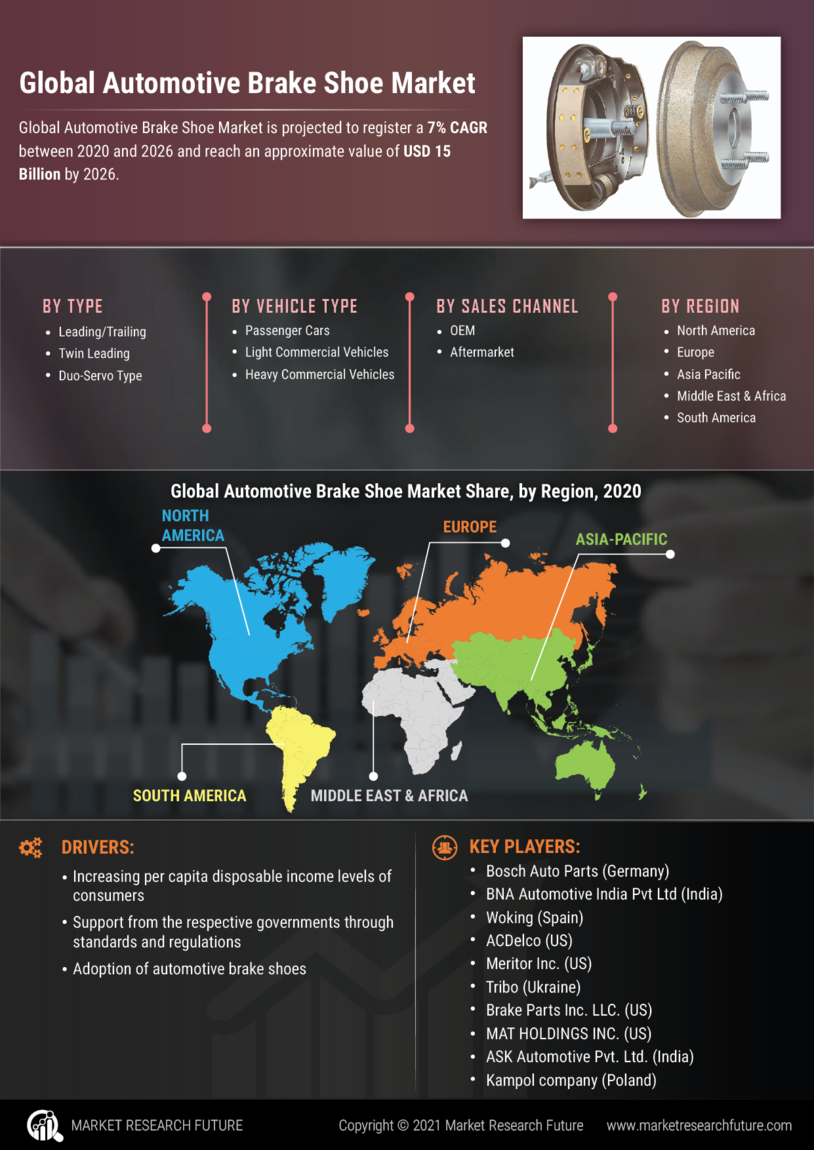

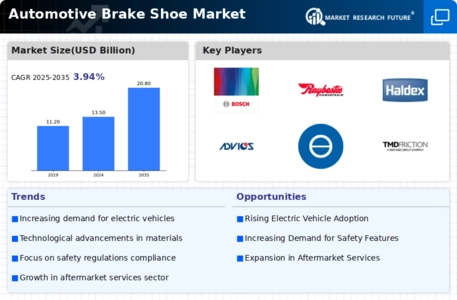
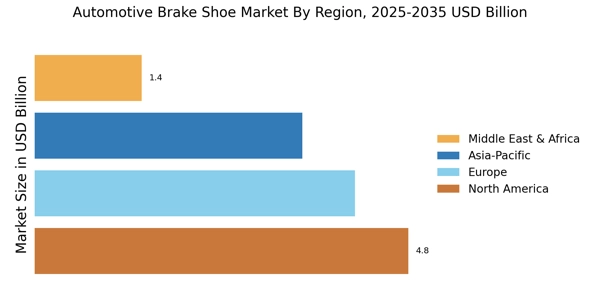
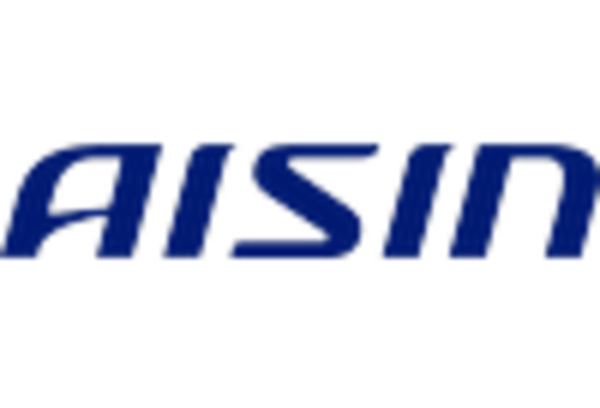
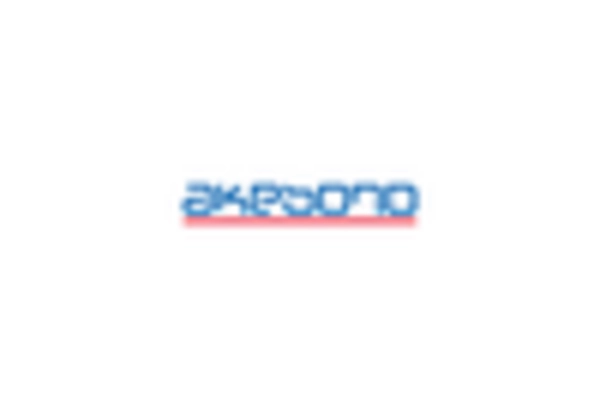


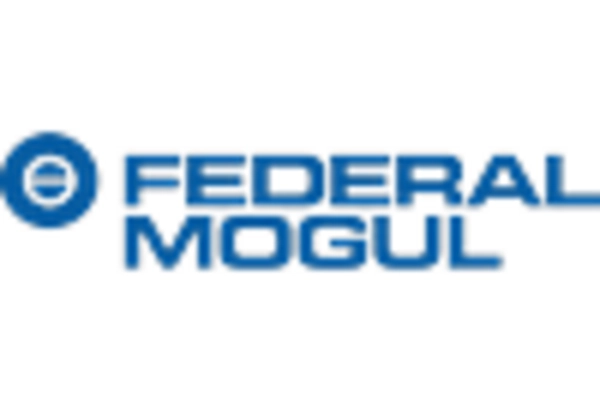
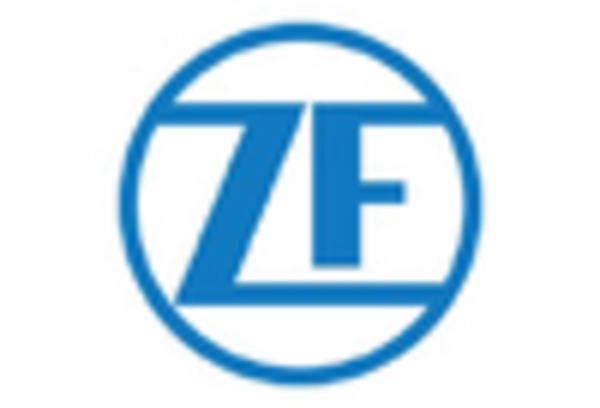








Leave a Comment